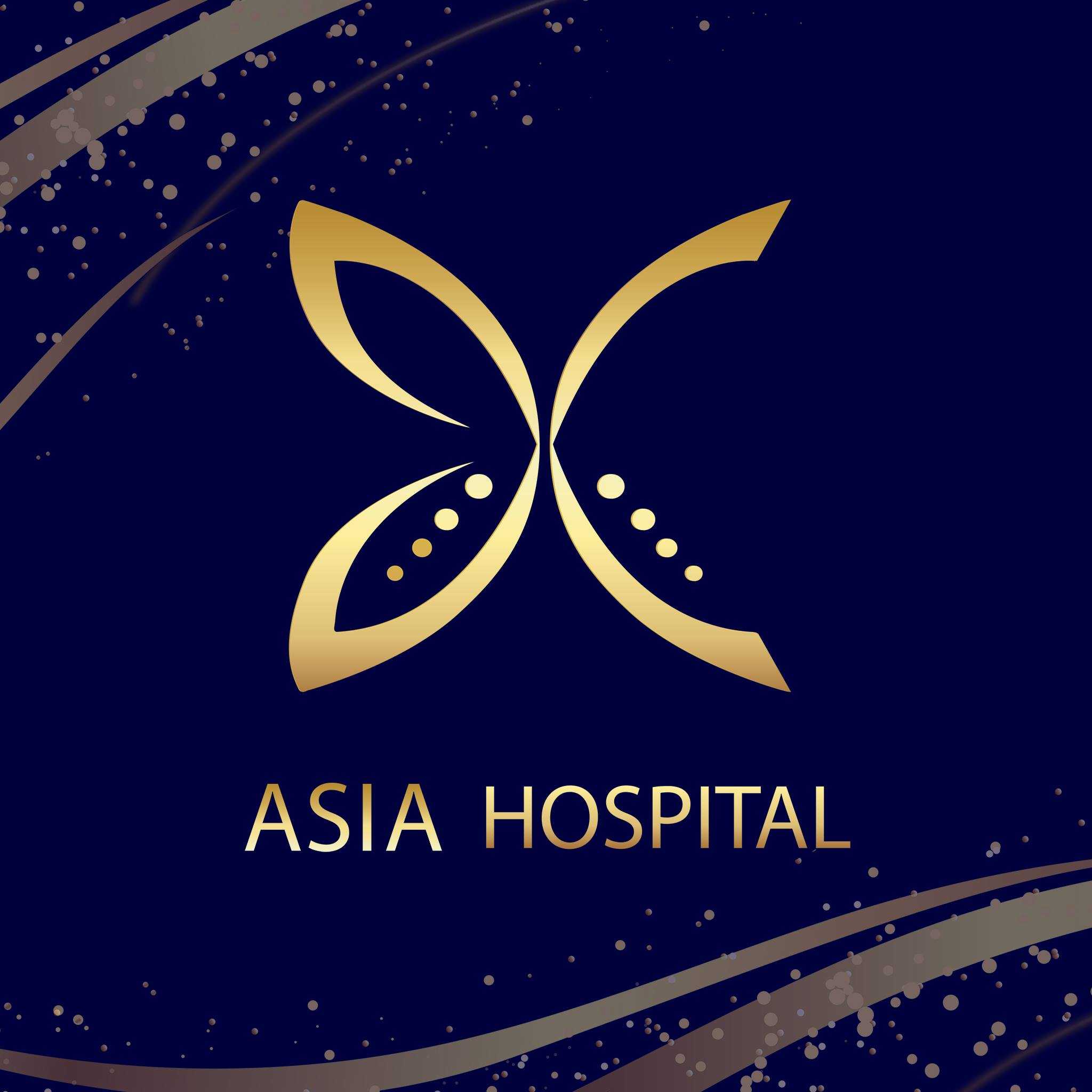Guide to Gynecomastia Surgery in Thailand
.jpg)
Are you dealing with the self-consciousness that comes with puffy nipples? Many men experience this common condition, often caused by gynecomastia, which can significantly impact body image and confidence. The good news is that gynecomastia surgery in Thailand offers a proven and often cost-effective solution to effectively get rid of puffy nipples, helping men achieve a firmer, more contoured chest.
Thailand has become a global hub for medical tourism, attracting individuals seeking high-quality cosmetic procedures, including male breast reduction. With experienced surgeons, modern facilities, and competitive pricing, understanding how this surgery addresses puffy nipples and what to expect can be the first step towards feeling more comfortable and confident in your own skin.
What exactly causes puffy nipples in men?
While often benign, gynecomastia can develop at different stages of a man's life. It commonly appears during infancy, puberty, and older age, times when hormonal fluctuations are most pronounced.
Besides hormonal shifts, other factors can contribute to the development of puffy nipples, including certain medications, underlying health conditions, steroid use, and genetic predispositions. For some men, lifestyle factors like obesity also play a role by increasing fatty tissue in the breast area, which can exacerbate the appearance of puffy nipples.
True gynecomastia involves the presence of glandular tissue, which feels firm and rubbery under the nipple, unlike pseudogynecomastia, which is solely due to excess fat. Distinguishing between these helps determine the most effective treatment approach, as only surgical removal of glandular tissue can fully resolve true gynecomastia and its associated puffy nipples.
How does gynecomastia surgery specifically address puffy nipples?
The surgical procedure is tailored to each individual's specific needs, but the core principle is the reduction of breast volume. If the puffiness is primarily due to excess fat, liposuction alone may be sufficient. This involves inserting a thin cannula through small incisions to suction out fatty tissue, resulting in a smoother chest. However, for most cases of true gynecomastia where glandular tissue is present, direct excision is necessary.
During direct excision, the surgeon makes an incision, usually around the edge of the areola, to remove the firm glandular tissue. This technique allows for precise removal and can also address any excess skin if present. By eliminating the underlying cause of the enlargement—whether it's glandular tissue, fat, or both—gynecomastia surgery effectively reduces the projection and puffiness of the nipples, providing a significantly improved chest profile.
What types of surgical techniques are used for gynecomastia in Thailand?
For cases where excess fat is the primary contributor to male breast enlargement, liposuction is the preferred method. This involves making small incisions and using a cannula to suction out fatty tissue. Liposuction can be performed with various technologies, such as Vaser liposuction or power-assisted liposuction, to achieve smoother, more refined results with minimal scarring. It is particularly effective for pseudogynecomastia or when fatty tissue predominates.
When there is significant glandular tissue or excess skin, excisional surgery is necessary. This technique involves making an incision, typically around the lower half of the areola (periareolar incision), to directly remove the firm glandular tissue.
In more severe cases with substantial excess skin, a larger incision may be required to trim the skin and reposition the nipple, ensuring a natural contour. Many gynecomastia cases in Thailand combine both liposuction and excision to comprehensively remove both fat and glandular tissue, ensuring a flat, natural-looking chest.
Is gynecomastia surgery in Thailand a safe procedure?
Patient safety is a top priority for reputable medical tourism providers in Thailand. These facilities often boast international accreditations, such as those from the Joint Commission International (JCI), which signifies a commitment to rigorous safety protocols and quality of care. Surgeons specializing in gynecomastia have extensive training and experience, often completing fellowships in plastic and reconstructive surgery.
Like any surgical procedure, there are inherent risks, including infection, bleeding, adverse reactions to anesthesia, temporary numbness, or asymmetry. However, these risks are significantly reduced when patients choose experienced surgeons and adhere to pre- and post-operative instructions. Proper patient selection, thorough pre-operative assessments, and comprehensive post-operative care further contribute to the high safety profile of gynecomastia surgery performed in Thailand.
What is the typical cost of gynecomastia surgery in Thailand compared to other countries?
The cost savings in Thailand for gynecomastia surgery are one of the primary drivers for medical tourists. This difference in pricing is due to several factors, including lower overhead costs for clinics, more affordable labor, and a competitive medical tourism market. Despite the lower price, the quality of care, facilities, and surgeon expertise in leading Thai hospitals often rival or even exceed those found in more expensive regions.
When considering the total cost, it is important to factor in not just the surgical fee, but also consultations, anesthesia, hospital stay, post-operative garments, and any necessary medications. Many clinics in Thailand offer comprehensive packages that include these elements, providing transparency and helping patients budget effectively. However, travel and accommodation expenses should also be considered when calculating the overall cost of undertaking gynecomastia surgery abroad.
What is the recovery period like after gynecomastia surgery?
Immediately after surgery, patients will experience some swelling, bruising, and discomfort, which can be managed with prescribed pain medication. A compression garment is crucial during the initial weeks to support the healing tissues, minimize swelling, and help the chest skin conform to its new contour. Drains may be placed temporarily to collect any excess fluid, usually removed within a few days.
During the first week, resting and avoiding any heavy lifting or strenuous arm movements are essential. Walking is encouraged to promote circulation. By the second week, many patients feel comfortable enough to return to desk-based work or light daily activities. Full recovery, where all swelling has resolved and the final results are apparent, can take several months. It is vital to follow all post-operative instructions from your surgeon, including avoiding sun exposure on scars and refraining from intense exercise until cleared.
How can I choose a reputable clinic and surgeon for gynecomastia in Thailand?
When researching clinics, prioritize those that operate within well-established hospitals or specialized aesthetic centers known for their high standards. Accreditations like JCI (Joint Commission International) are strong indicators of adherence to global benchmarks in patient care and safety. These facilities typically have modern equipment, sterile environments, and comprehensive emergency protocols in place.
For selecting a surgeon, always confirm their credentials. They should be certified by the Thai Medical Council and ideally have specialized training in plastic and reconstructive surgery. Research their experience, specifically how many gynecomastia surgeries they perform annually, and their success rates. Online reviews, patient forums, and before-and-after galleries can provide valuable insights into their skill and patient satisfaction. Don't hesitate to ask for a virtual consultation to discuss your goals and assess the surgeon's communication style and expertise directly.
Are the results of gynecomastia surgery permanent?
Once the glandular tissue and fat are surgically removed, those specific cells are gone for good. This means that the reduction in breast volume and the elimination of puffy nipples are lasting. However, it's important to understand that while the removed tissue won't return, significant weight gain after surgery could potentially lead to new fat deposits in the chest area, which might alter the sculpted appearance. This would be new fat, not a recurrence of the original gynecomastia.
Therefore, to ensure the permanence of your results, surgeons strongly recommend adopting a healthy lifestyle that includes a balanced diet and regular exercise. Avoiding medications or substances known to cause gynecomastia is also crucial. By taking these preventative measures, individuals can enjoy their newly contoured chest and the boost in confidence for many years to come.
What are the benefits of choosing Thailand for gynecomastia surgery?
Thailand's medical tourism industry is renowned globally for its blend of high-quality healthcare and affordability. Patients can access state-of-the-art facilities that often feature cutting-edge equipment and adhere to strict international safety and hygiene standards. Many Thai plastic surgeons receive extensive training both locally and abroad, specializing in cosmetic procedures like gynecomastia reduction, ensuring expertise.
Beyond the medical aspects, the overall experience of having surgery in Thailand is often a draw. The vibrant culture, warm hospitality, and stunning natural beauty provide a conducive environment for a relaxed recovery. This allows patients to combine their medical trip with a vacation, making the journey less stressful and more enjoyable. The privacy and anonymity offered by recovering abroad are also highly valued by many individuals seeking cosmetic enhancements.
What should I expect during the initial consultation for gynecomastia surgery in Thailand?
The consultation is a critical step where the surgeon assesses the extent of your gynecomastia, distinguishing between glandular tissue and fatty deposits. You will likely be asked about your general health, medications, and any relevant family history. It's an opportunity to openly communicate your concerns about puffy nipples and what you hope to achieve with the surgery. The surgeon will also evaluate your skin elasticity, as this affects the final contour and potential for skin removal.
The surgeon will present the most suitable surgical approach for your specific case, whether it involves liposuction, direct excision, or a combination. They will also discuss the anesthesia options, the location of incisions, and show you photos of previous patients to illustrate potential outcomes. This meeting also covers the financial aspects, including a detailed quote, and outlines the pre-operative instructions you'll need to follow before your gynecomastia surgery in Thailand.
Ready to explore your options for gynecomastia surgery and achieve the confident look you desire? Visit PlacidWay to connect with world-class clinics and experienced surgeons in Thailand and other leading medical tourism destinations, offering comprehensive solutions for your healthcare needs.


.png)














Share this listing